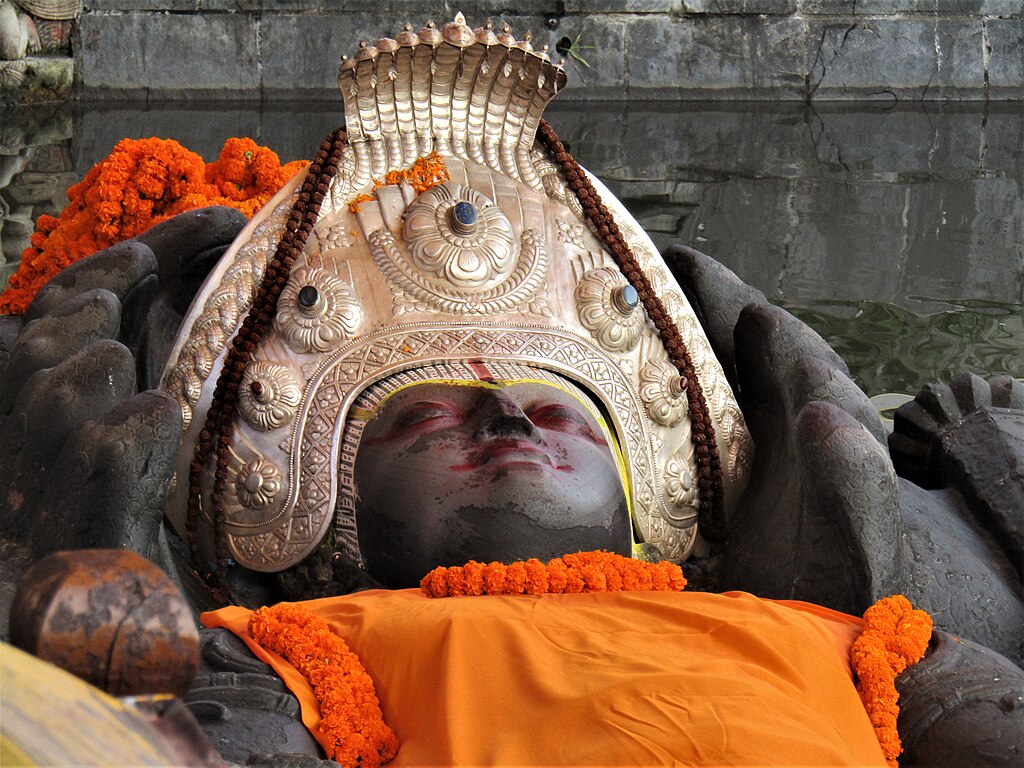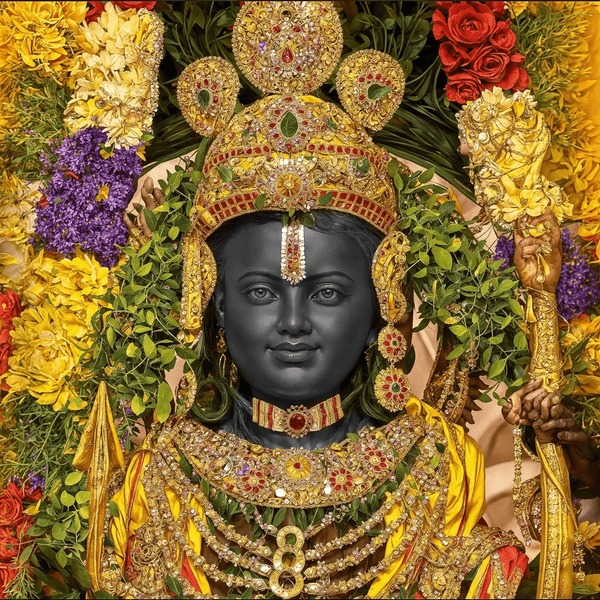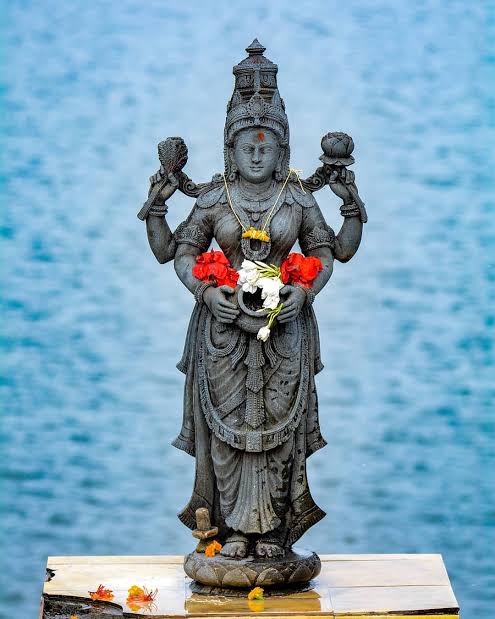Yogini Ekadasi – The Sacred Ekadasi of Ashadha
Among the twenty-four Ekadasis observed throughout the Hindu lunar calendar, Yogini Ekadasi holds a transformative place, especially within the Krishna Paksha (waning phase) of the Ashadha month. Known for its immense purifying power and deep spiritual symbolism, Yogini Ekadasi is believed to liberate one from grave sins and emotional burdens.
This sacred observance is not merely a fast but a sacred yogic vow-a vrata-that aligns the soul with divine harmony. Just as a yogini dedicates herself to a disciplined spiritual path, this Ekadasi invites devotees to turn inward, cleanse karmic impressions, and seek union with Lord Vishnu, the eternal preserver of the universe.

“Yogini Ekadasi is a divine gateway where silence, fasting, and devotion lead the soul toward ultimate liberation.”
Yogini Ekadasi emerges during the dark fortnight of Ashadha, falling on the 11th lunar day of Krishna Paksha. It is a day of abstinence, prayer, and deep introspection. Across temples and households, devotees dedicate the entire day to Lord Vishnu and his many avatars, chanting his names, reading sacred texts, and giving up grains, negative speech, and worldly distractions. The fast observed on this day is believed to carry the power of feeding 88,000 Brahmins, such is its spiritual potency.
Deities Associated
The central deity of Yogini Ekadasi is Lord Vishnu – the sustainer of the cosmos. His manifestations, especially as Krishna or Narayan, are venerated through bhajans, offerings, and silent prayers. Devotees also invoke Lakshmi, his divine consort, as the embodiment of spiritual wealth and grace.
Origin, Significance, and Vedic Astrological Relevance
The significance of Yogini Ekadasi finds profound mention in the Brahma Vaivarta Purana and Mahabharata. Once, in the celestial city of Alakapuri, a Yaksha named Hemamali, blessed with the duty of offering lotus flowers to Lord Shiva on behalf of Kubera, failed in his task. Distracted by affection for his beautiful wife Swarapavati, he neglected his duty one day. Enraged, King Kubera cursed him with leprosy and exile. Hemamali wandered in forests, tormented by disease, hunger, and separation.
In divine grace, his suffering brought him to the hermitage of Sage Markandeya. Listening with empathy, the sage recommended a powerful remedy: fasting and worship on Yogini Ekadasi. Trusting the sage’s words, Hemamali observed the vrata with devotion and pure intent. That very night, Lord Vishnu appeared in his dreams and cured his illness. Rejuvenated, Hemamali was reunited with his beloved and restored to Kubera’s service.
This tale, echoed again in the Mahabharata where Yudhishthira asks Krishna about this Ekadasi, signifies redemption through devotion. Lord Krishna affirms that those who observe this Ekadasi with faith are absolved even of sins such as betrayal, adultery, and severe karmic debts.
Astrologically, Yogini Ekadasi falls in the Ashadha month—a time of rain and retreat, reflecting nature’s call for inner quietude. The waning moon supports introspection, healing, and karmic release. Yogini, a term associated with tantric and yogic traditions, represents awakened female energy, signifying that this Ekadasi also balances one’s inner masculine and feminine energies through austerity and awareness.
Customs, Traditions, and Rituals
The observance begins on Dashami evening, when devotees take a vow (sankalpa) to maintain spiritual discipline. The next morning, they rise in Brahma Muhurat and purify themselves with sacred bath, often mixed with Tulsi or Ganga Jal. Homes and altars are cleansed. Images of Lord Vishnu are placed on sanctified altars adorned with flowers, incense, and lamps. The chant “Om Namo Bhagavate Vasudevaya” reverberates throughout the day.
Devotees abstain from grains, pulses, meat, onion, garlic, and tamasic food. Many undertake a nirjala fast (without food or water), while others observe phalahar (fruits and milk). The day is spent reading the Ekadasi Mahatmya, particularly the story of Hemamali and the teachings of Krishna to Yudhishthira.
A key aspect is staying awake through the night – a vigil of bhajans, japa, and reflection. It is said that keeping vigil on Yogini Ekadasi night is spiritually equivalent to months of penance. Charity is deeply encouraged – feeding the poor, donating clothes, or offering essentials to Brahmins is seen as multiplying the blessings of the vrata.
The fast is broken during the Dvadashi Parana, with the first bite offered mentally to Lord Vishnu. This act signifies the return from divine union to worldly life, now refreshed and realigned.
Puja Vidhi & Puja Katha
After bath and cleansing, the devotee prepares a puja thali with flowers, Tulsi leaves, incense, lamp, and offerings like fruits or sweets. The puja begins with invoking Vishnu, offering Tulsi leaves, water, and lighting a ghee lamp. The katha of Hemamali is then read aloud or listened to with devotion.
Chanting of the Vishnu Sahasranama or recitation of Bhagavad Gita verses marks the ritual. Afterward, aarti is performed, and the prasad is distributed. Devotees also meditate upon Lord Vishnu’s cosmic form (Vishvarupa), contemplating the vastness of his presence and their smallness within it.
Celebrations Across India
While not celebrated with grand festivities, Yogini Ekadasi is deeply revered in Vishnu temples across India. ISKCON temples observe special kirtans and community fasting. In Varanasi, Ujjain, and Dwarka, devotees gather for group chanting and storytelling sessions. The focus remains on discipline, devotion, and spiritual immersion.
Temples Where This Festival Is Prominent
- ISKCON Temples globally
- Sri Ranganathaswamy Temple, Srirangam
- Tirupati Balaji Temple
- Dwarkadhish Temple, Gujarat
- Jagannath Temple, Puri
These temples honor every Ekadasi with elaborate pujas, and Yogini Ekadasi is no exception, marked by disciplined observance and spiritual offerings.
How to Observe
- Rise early, bathe, and perform sankalpa.
- Clean and sanctify the altar.
- Offer Tulsi, incense, lamp, fruits, and chant Vishnu’s names.
- Read or listen to the Yogini Ekadasi Katha.
- Maintain silence, avoid distractions, and stay awake at night.
- Donate food or clothes to the needy.
- Break the fast with devotion during the Parana period.
Benefits of Celebrating
- Spiritual: Destroys karmic sins, awakens inner wisdom, brings divine grace.
- Emotional: Heals guilt, regret, and emotional heaviness from past actions.
- Health: Fasting rejuvenates the digestive system and encourages mental clarity.
- Social: Charity enhances empathy and social harmony.
Yogini Ekadasi is more than a ritual—it is a journey from forgetfulness to remembrance, from ego to surrender, and from worldly pain to divine embrace. Through each chant, each sip of water withheld, and each moment of vigil, the soul walks toward light, led by the compassionate hand of Lord Vishnu.




